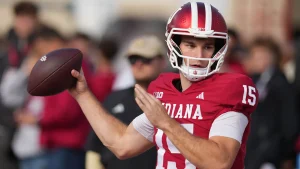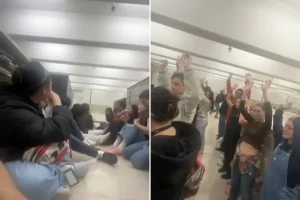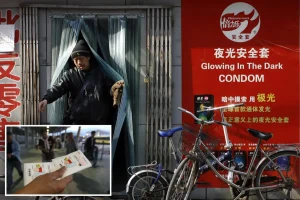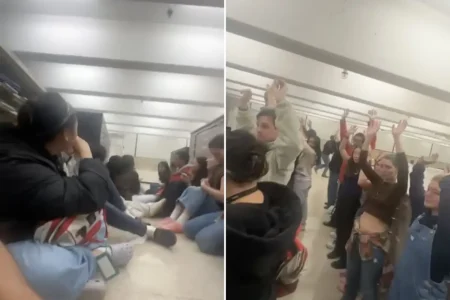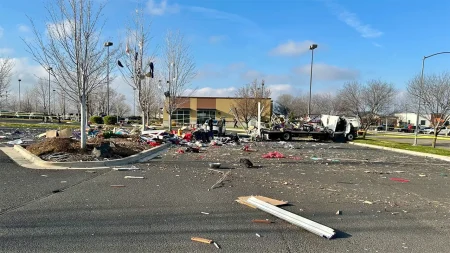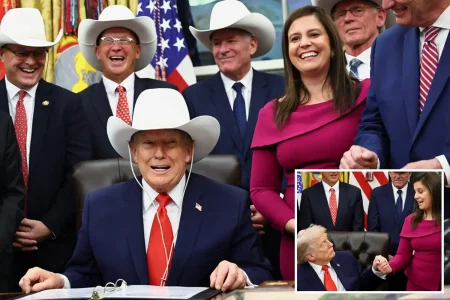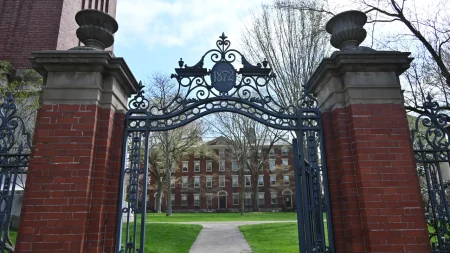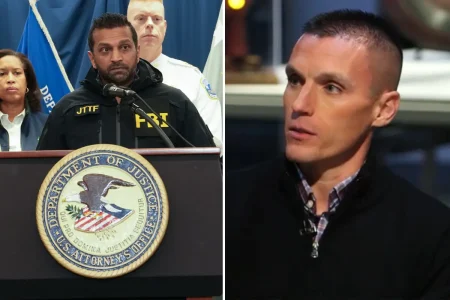University Under Federal Scrutiny: A Closer Look at the Justice Department’s Civil Rights Investigation
In recent months, one of America’s most prestigious public universities found itself under the watchful eye of the Department of Justice, facing serious allegations of civil rights violations. This federal investigation represents a significant moment in the ongoing national conversation about equity, discrimination, and institutional responsibility in higher education. The scrutiny comes at a time when universities across the country are navigating complex social and political landscapes while attempting to maintain their academic missions and serve increasingly diverse student populations.
The investigation was launched following numerous complaints filed by students, faculty members, and civil rights organizations alleging systematic discrimination within university programs and policies. Those who brought forward these concerns described experiences ranging from subtle biases in classroom settings to more overt instances of unequal treatment in admissions, housing, and disciplinary proceedings. Their testimonies painted a picture of an institution where certain groups consistently faced barriers to full participation in university life, despite the school’s public commitments to diversity and inclusion. For many complainants, the Justice Department’s involvement represented a last resort after internal grievance procedures allegedly failed to address their concerns adequately.
University officials responded to the investigation with a mixture of defensive statements and promises of cooperation. While acknowledging the seriousness of the allegations, administrators emphasized the school’s existing diversity initiatives and anti-discrimination policies, suggesting that any problems were isolated incidents rather than evidence of institutional failure. This response highlighted the tension between the university’s self-image as a progressive institution and the lived experiences of those claiming harm under its current practices. Behind closed doors, sources indicated that some university leaders viewed the federal investigation as politically motivated overreach, while others saw it as an opportunity for meaningful institutional reflection and reform.
The investigation’s impact extended far beyond administrative offices, creating ripple effects throughout the campus community. Student activists organized rallies in support of the investigation, seeing it as validation of concerns they had raised for years. Meanwhile, other students and alumni expressed concern about potential damage to the university’s reputation and the possibility of hasty policy changes that might undermine academic freedom or create new inequities. Faculty found themselves divided, with some viewing the scrutiny as necessary accountability and others worrying about federal interference in educational autonomy. These varying perspectives reflected broader societal divisions about the proper balance between addressing historical inequities and preserving institutional independence.
As the investigation progressed, it revealed complexities that defied simple narratives. Interviews with hundreds of community members uncovered a nuanced reality where well-intentioned policies sometimes produced unintended consequences, where different minority groups had vastly different experiences within the same institution, and where reasonable people could disagree about the best path forward. The university’s response evolved from initial defensiveness to more substantive engagement, including the formation of task forces, revision of problematic policies, and new investments in support services for underrepresented groups. These changes, though welcomed by many, raised questions about why it took federal intervention to prompt reforms that community members had long advocated for through internal channels.
The Justice Department’s investigation of this flagship university serves as a mirror reflecting wider challenges facing American higher education in the twenty-first century. As institutions originally designed to serve privileged segments of society now strive to be engines of opportunity for all, they confront deeply embedded structures and assumptions that can perpetuate inequality despite good intentions. The case demonstrates how universities, despite their intellectual resources and progressive ideals, sometimes struggle to apply the critical analysis they teach students to their own operations. Whatever the ultimate outcome of this specific investigation, it has already forced important conversations about institutional responsibility, the meaning of equal opportunity in education, and the ongoing work required to build truly inclusive communities of learning in a diverse democracy.
